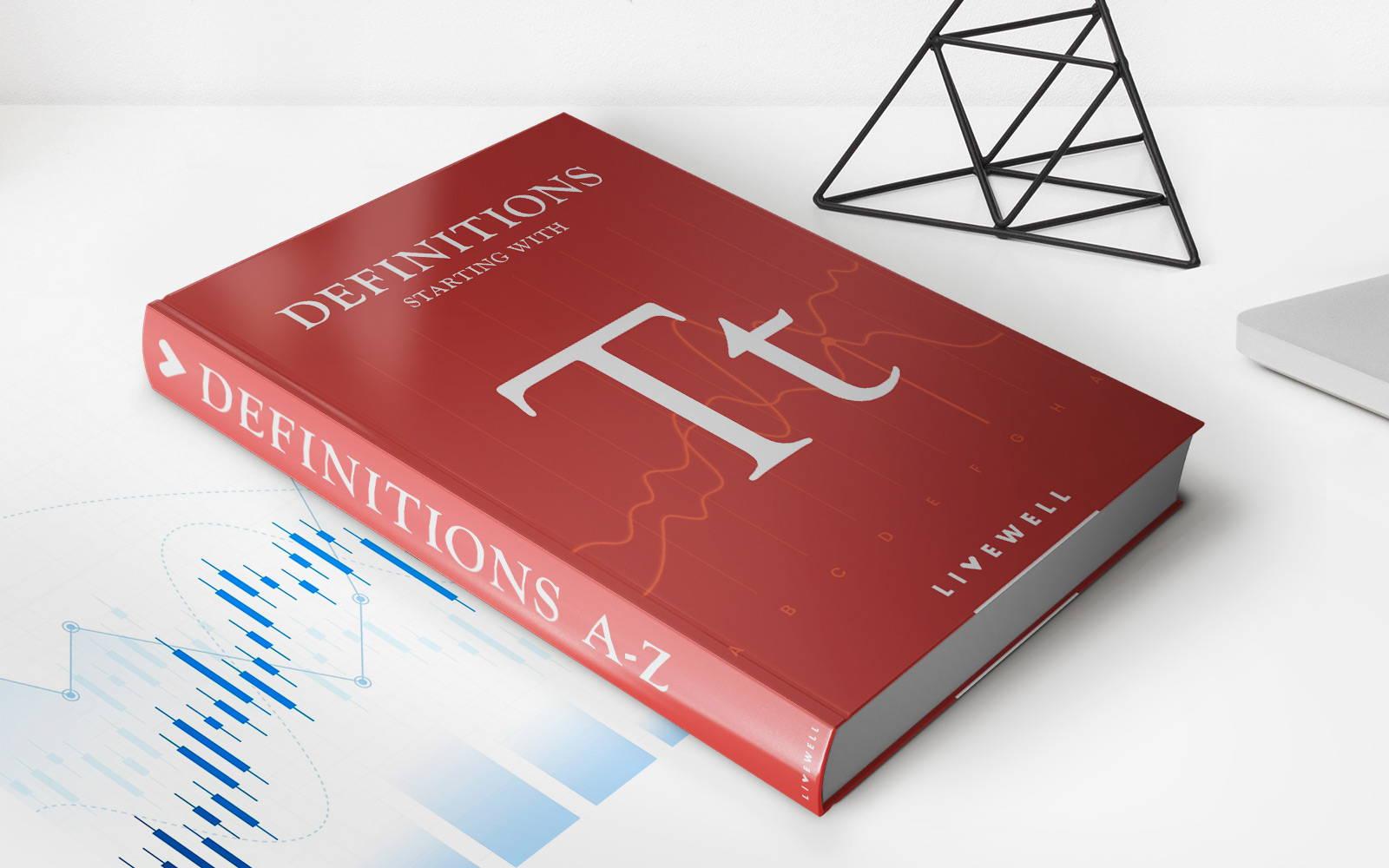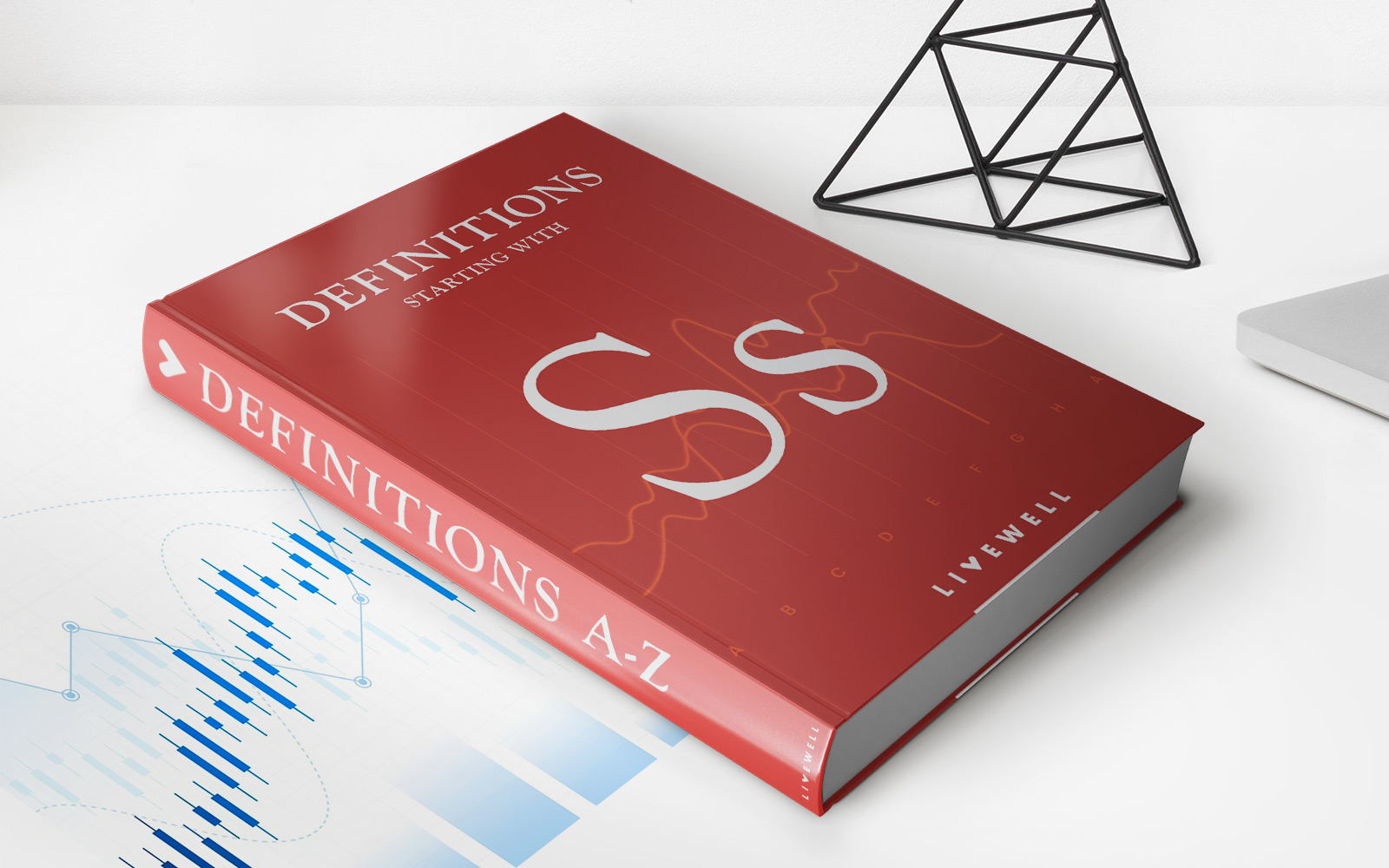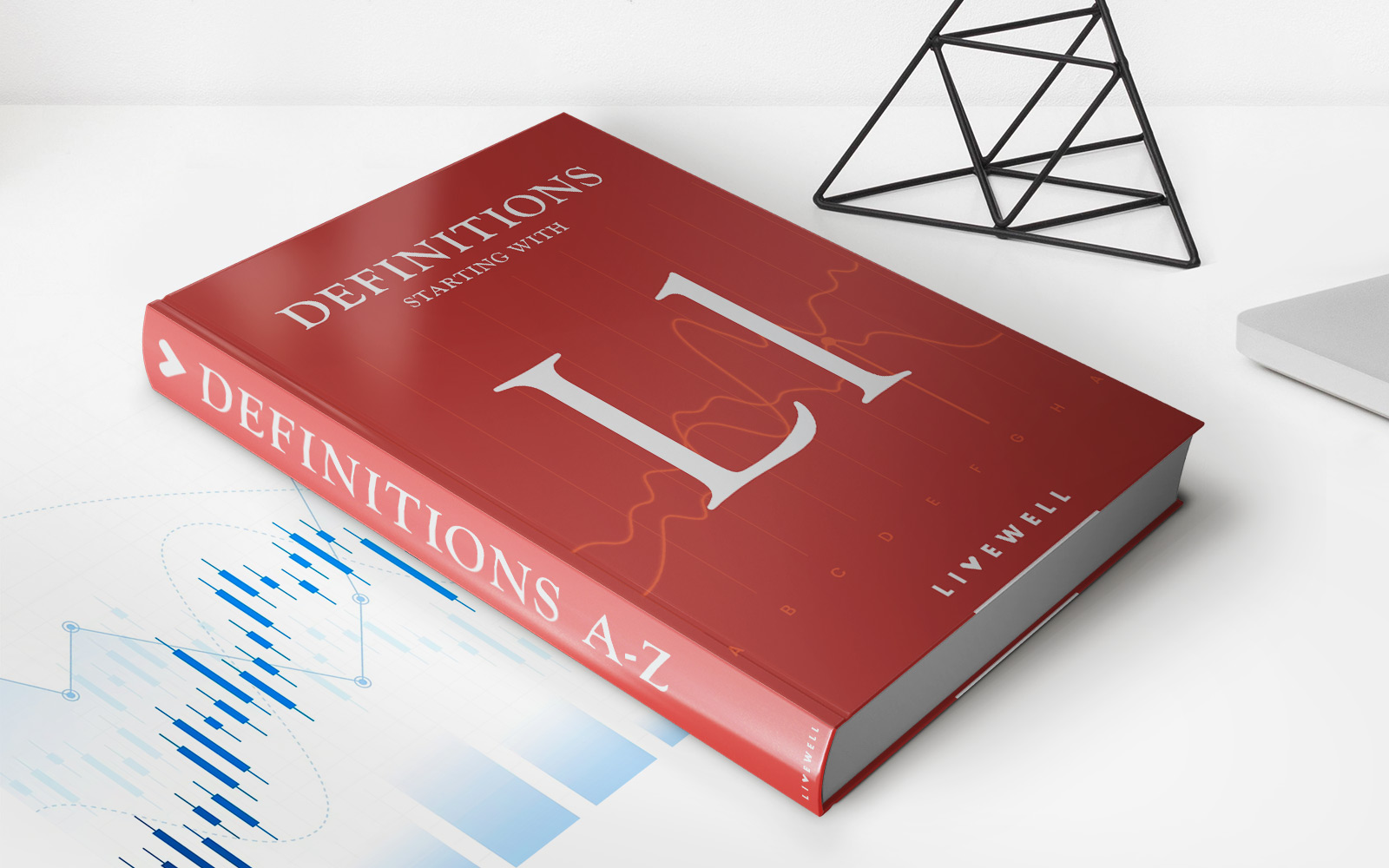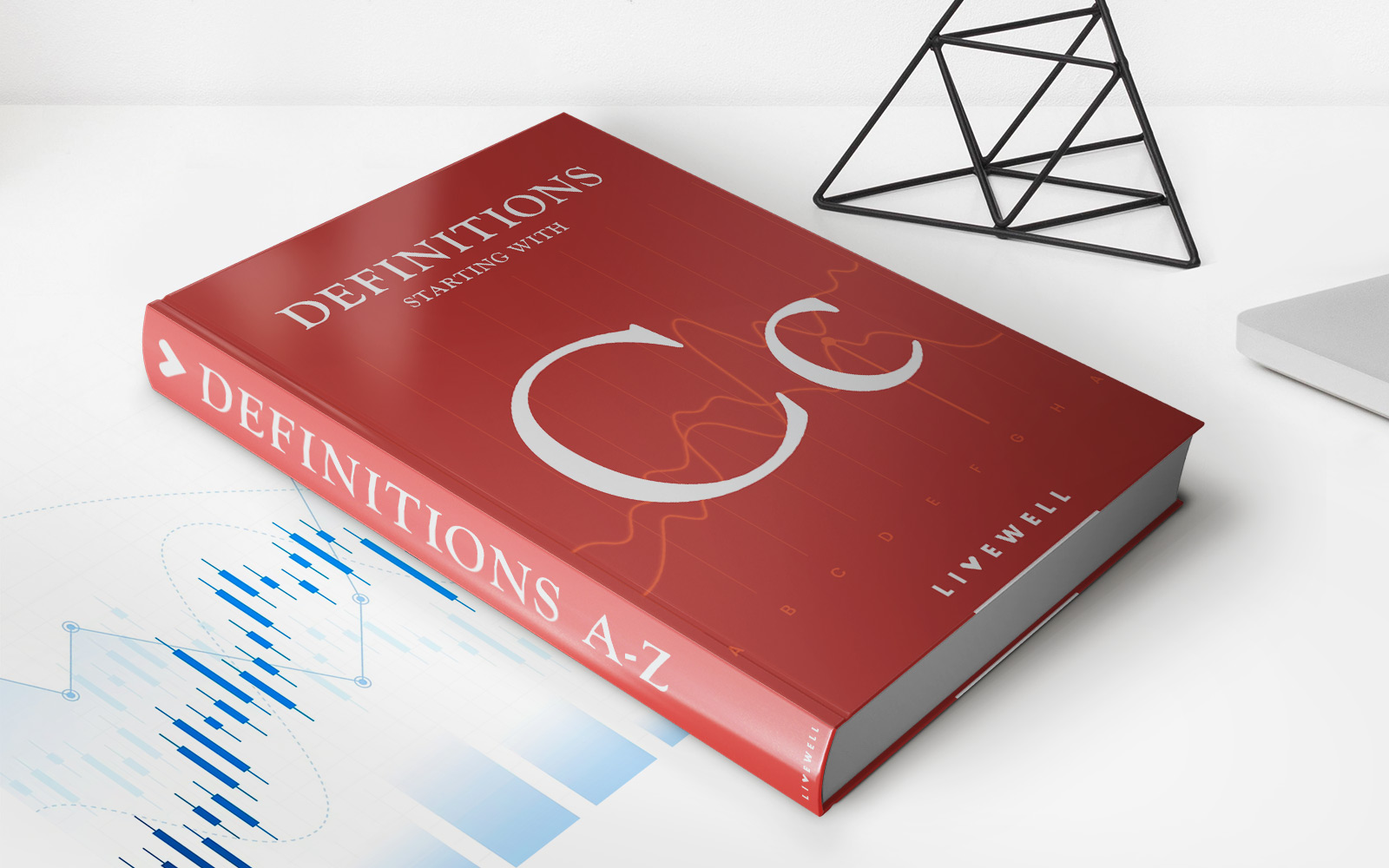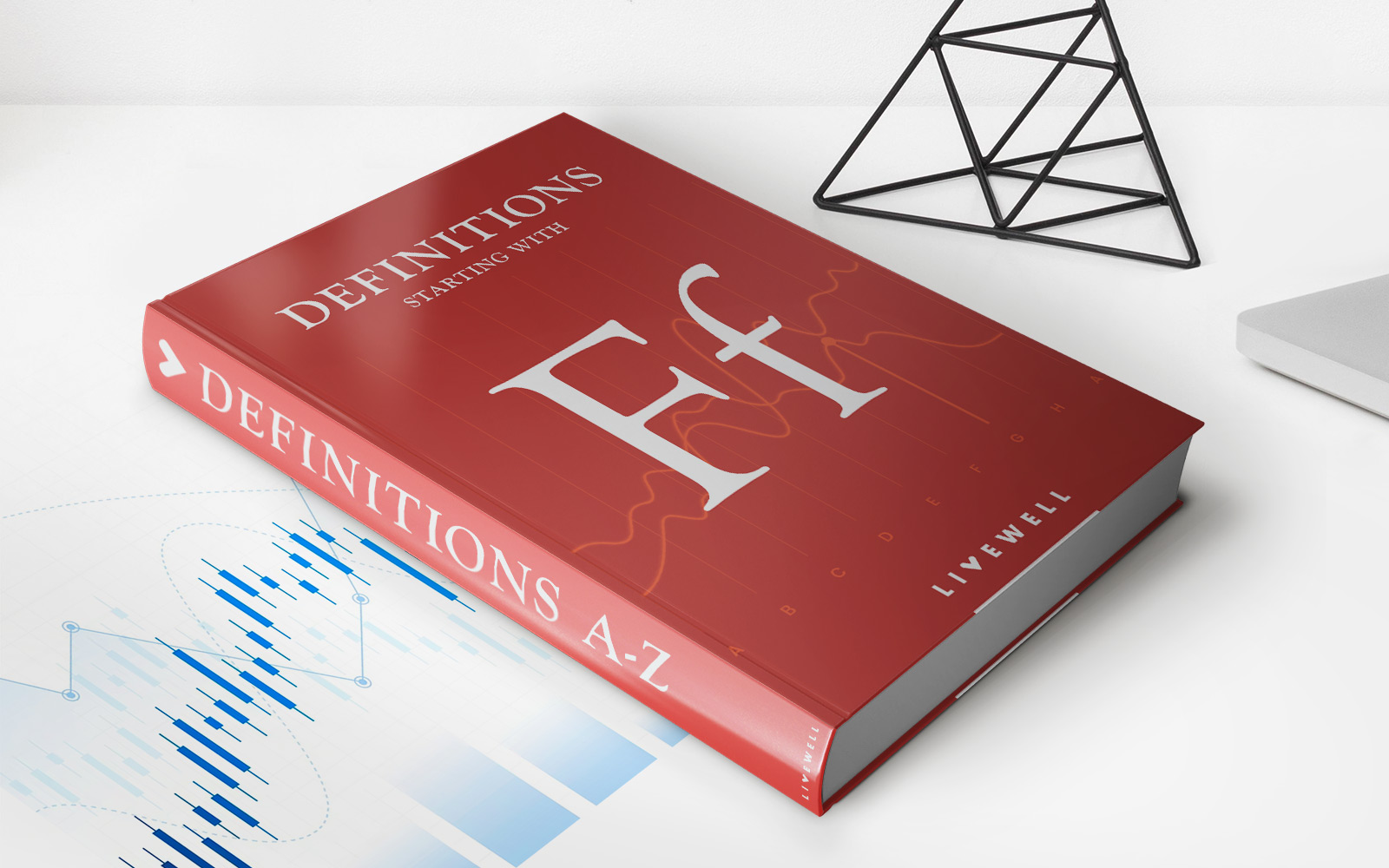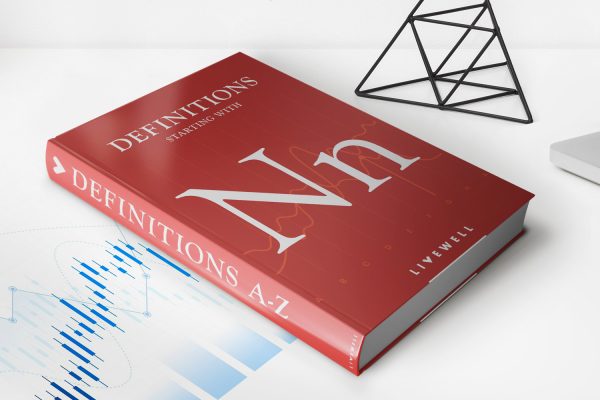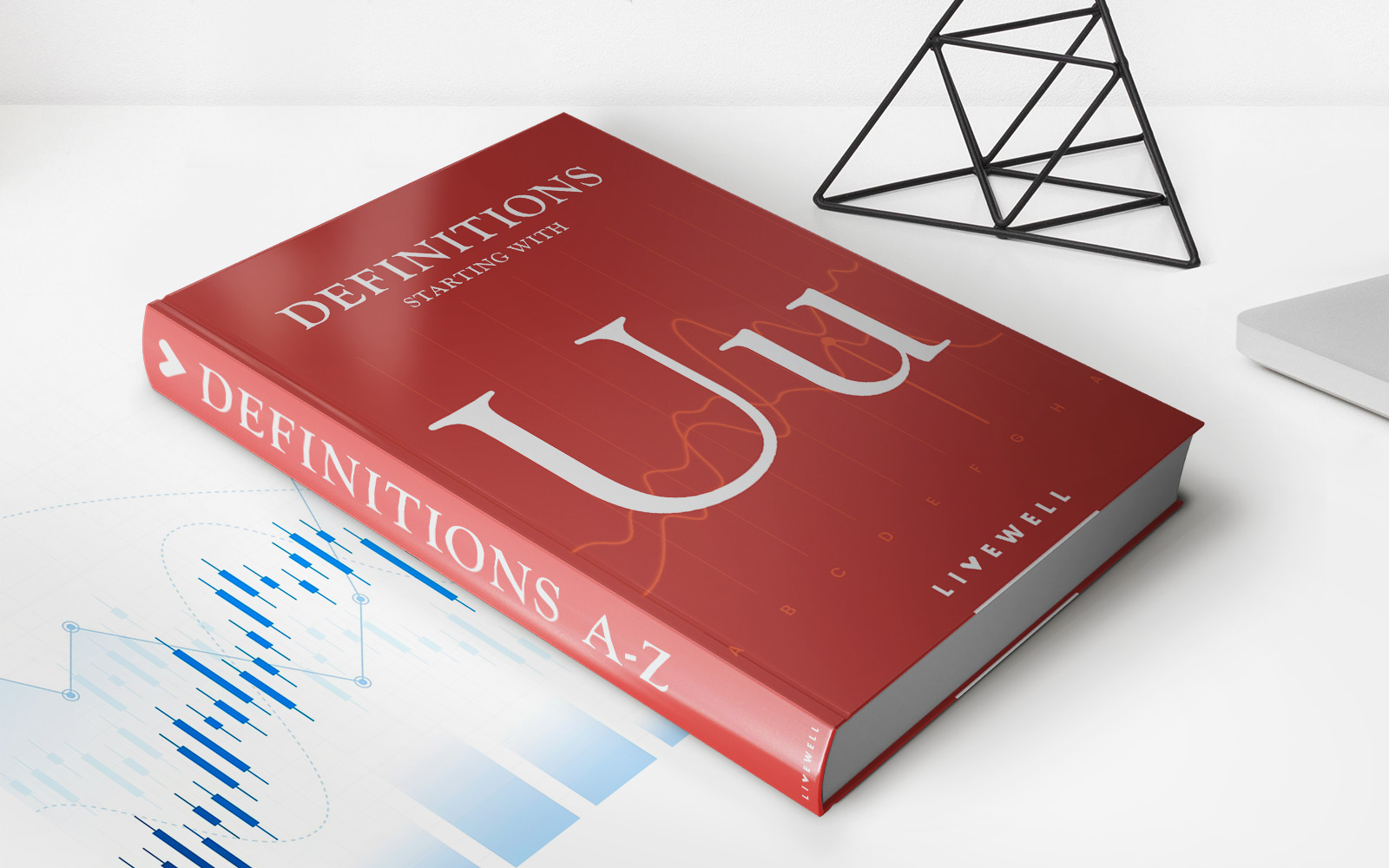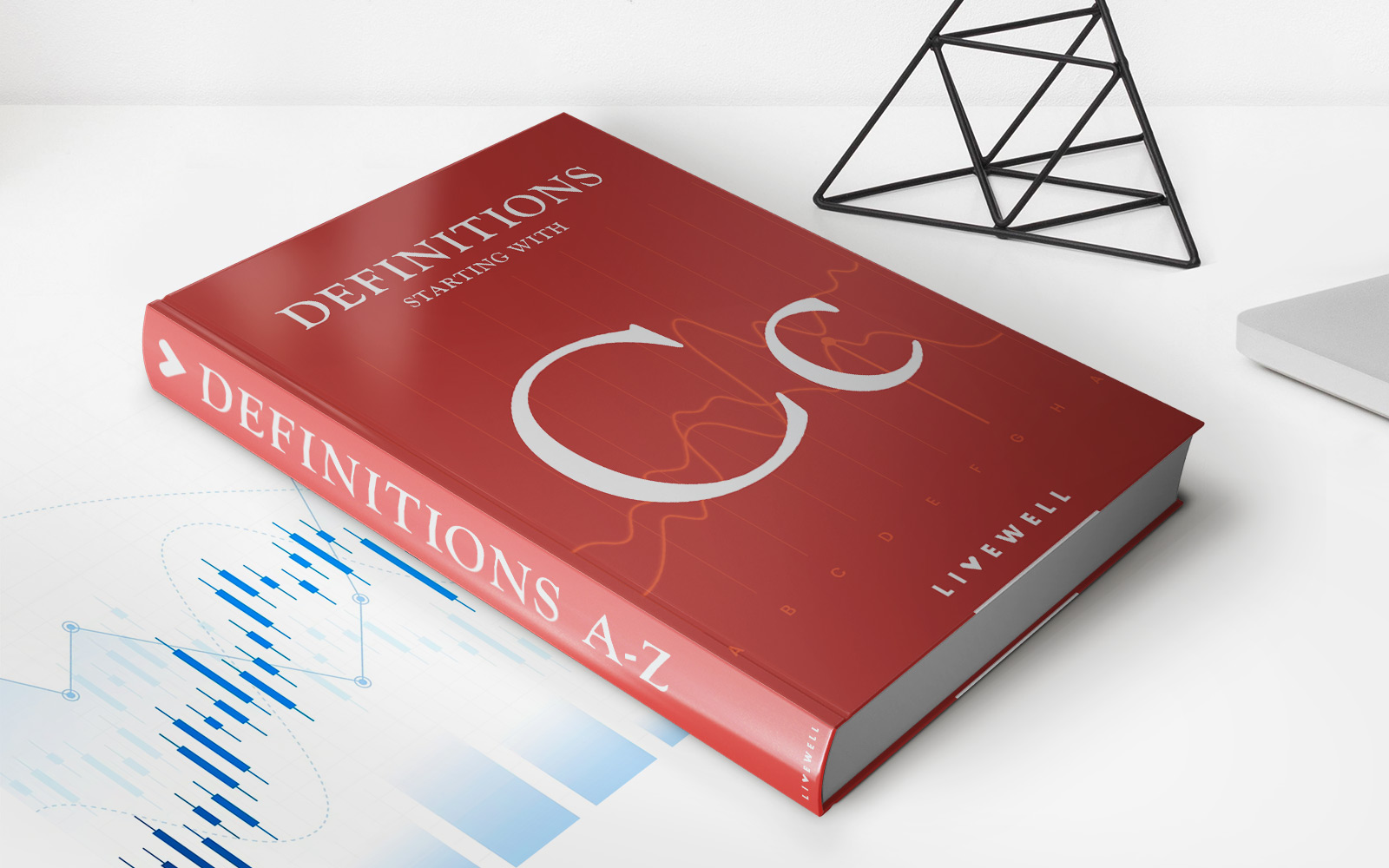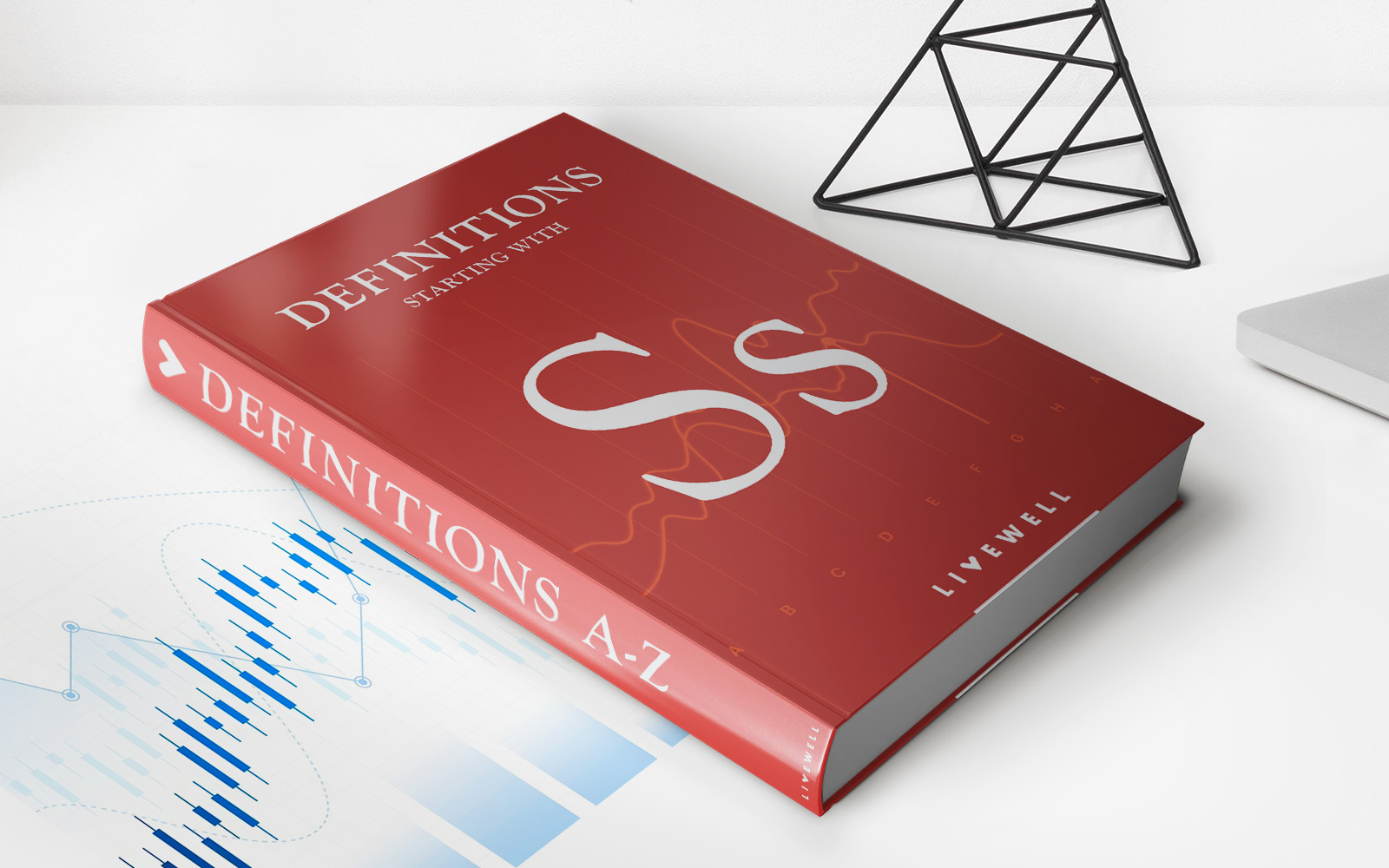Home>Finance>Preferred Creditor: Definition, How They’re Paid, And Example
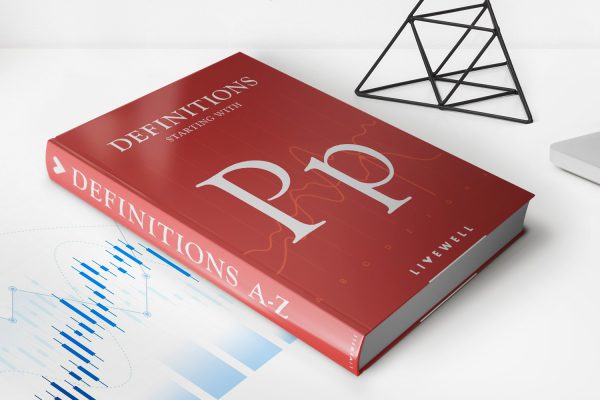

Finance
Preferred Creditor: Definition, How They’re Paid, And Example
Published: January 10, 2024
Learn the definition of a preferred creditor in finance, how they are paid, and get an example. Understand the role and importance of preferred creditors.
(Many of the links in this article redirect to a specific reviewed product. Your purchase of these products through affiliate links helps to generate commission for LiveWell, at no extra cost. Learn more)
Preferred Creditor: Definition, How They’re Paid, and Example
Welcome to our blog post on Preferred Creditors! In the world of finance, understanding the different types of creditors and how they are paid is essential. When it comes to bankruptcy and liquidation processes, preferred creditors play a significant role. In this article, we will explore the definition of preferred creditors, how they are paid, and provide an example to give you a clearer understanding.
Key Takeaways:
- Preferred creditors have a higher priority in receiving payment compared to other creditors in bankruptcy or liquidation processes.
- They often hold a specific legal right or claim on the assets of a debtor, which makes them entitled to repayment before other creditors.
What is a Preferred Creditor?
A preferred creditor is a creditor who holds a higher priority in receiving payment compared to other creditors in situations like bankruptcy or liquidation. This higher priority is typically determined by laws and regulations to ensure fair distribution of assets among different types of creditors.
Preferred creditors are often granted this higher priority due to their legal right or claim on the assets of a debtor. These rights can vary based on the jurisdiction and specific circumstances. However, common examples of preferred creditors include government bodies or tax authorities, employees with wage claims, and secured creditors with collateral.
How Are Preferred Creditors Paid?
When a debtor enters bankruptcy or undergoes liquidation, the available assets are used to repay creditors. In this process, the payment to preferred creditors is prioritized over other creditors. Preferred creditors are generally paid before unsecured creditors, such as trade creditors or bondholders.
Once the preferred creditors’ claims are satisfied, any remaining assets may be used to pay off the remaining unsecured creditors on a pro-rata basis. It is important to note that preferred creditors are not always paid in full, as the available assets may not be sufficient to cover all their claims. In such cases, they would receive a proportional amount based on the available funds.
Example of Preferred Creditors
Let’s consider an example to illustrate how preferred creditors are paid. Imagine a company, XYZ Inc., that declares bankruptcy. The company owes $100,000 to the government for taxes, $50,000 to its employees in unpaid wages, and $200,000 to its trade creditors.
In this scenario, the government tax authority and employees with wage claims would be considered preferred creditors. Therefore, funds available for repayment would first be allocated to pay off the $100,000 tax liability and $50,000 in unpaid wages. If there are still assets remaining after satisfying the preferred claims, the $200,000 owed to trade creditors would be addressed.
However, if the available assets are insufficient to pay off all the preferred creditors in full, they would receive a proportional amount based on the funds available at hand.
Conclusion
In summary, preferred creditors are creditors who hold a higher priority in receiving payment compared to other creditors in bankruptcy or liquidation processes. They often have a specific legal right or claim on the assets of a debtor, granting them a position of priority over other creditors. Understanding the concept of preferred creditors is crucial when navigating financial situations involving bankruptcy or liquidation.
We hope this article has shed light on the definition, payment process, and example of preferred creditors. Remember, each situation may have different circumstances and laws surrounding preferred creditors, so it’s always advisable to seek professional guidance if you find yourself involved in such scenarios.
Thank you for reading our blog post on Preferred Creditors! Stay tuned to our FINANCE category for more informative and helpful articles related to personal and business finance.
